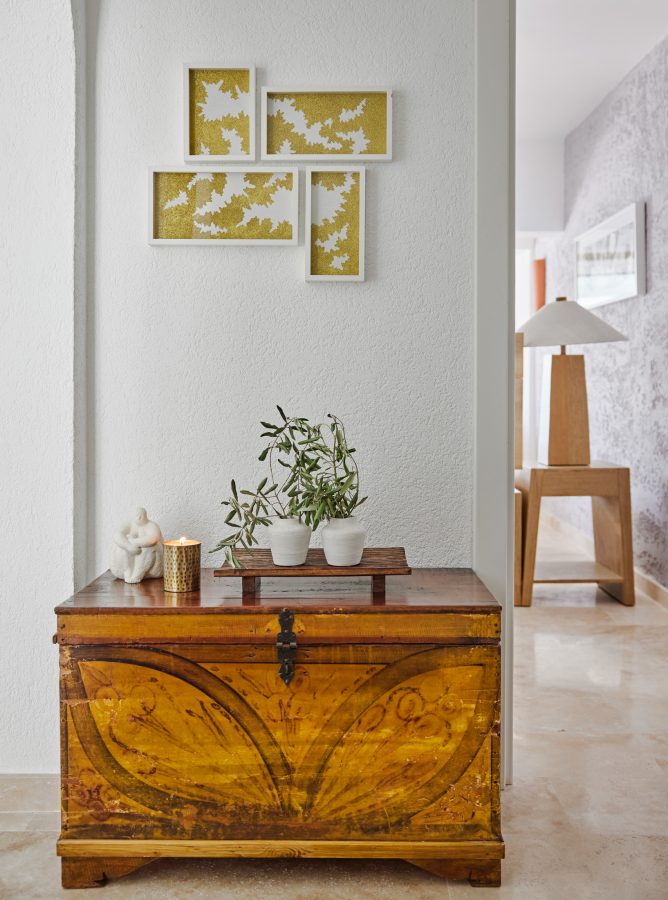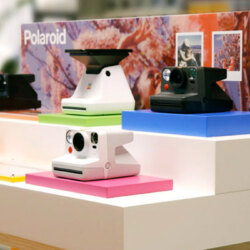In a world increasingly dominated by visual communications, the relationship between art and branding is becoming more and more close-knit. While art stands out more as a form of personal expression, branding has often been associated with commercial objectives and consumer engagement. Yet, there is always a multi-dimensional bond between the two, as they are deeply interconnected and continuously complement each other.
This relationship is especially significant in the context of ‘lifestyle branding’ that focuses on inspiring, highlighting cultural and life values, and reflecting diverse lifestyles. In this 360 branding approach, brands go beyond merely pursuing sales and aim to reflect their core values and evoke sensory experiences. Hence art plays a critical role in sharing the brand’s story and purpose, while activating emotions as well as connecting thoughts and feelings about a brand with the consumers.
The role of art in differentiating brands
Art and design elements have always played an essential role in positioning and differentiating brands. Unique colour schemes, typography, and logo designs help create the distinct identities of brands. Iconic examples like Coca-Cola’s typography, Andy Warhol’s Campbell’s Soup cans, and Apple’s minimalist designs show how art communicates a brand’s values and personality at a glance. Beyond aesthetics, art creates emotional connections. People are drawn to art because it evokes emotions and stimulates the senses. Brands like Nike leverage this by collaborating with contemporary artists for limited-edition products that resonate with art enthusiasts and loyal customers. For example, Nike collaborated with Los Angeles-based artist Joshua Vides to create a special line of footwear and apparel. Vides, known for his black-and-white comic book-style illustrations, reimagined classic Nike silhouettes like the Air Force 1 and Air Max 97 with his distinctive hand-drawn aesthetic. This collaboration added a unique element of street art and urban culture to Nike’s offerings, appealing to younger audiences who value creativity and self-expression in their fashion choices.
Branding as an extension of art
Brands can influence consumer perceptions through exhibition sponsorships and collaborations with artists. Louis Vuitton’s partnership with Yayoi Kusama illustrates how brands can use art to elevate their status and connect with culturally conscious audiences. Dior has created store displays and fashion collections by collaborating with artists like KAWS, Daniel Arsham, and Kim Jones, blending fine art with haute couture to emphasise elegance and innovation — producing pieces that appeal to both art lovers and fashion enthusiasts.
Artists like Banksy, use personal branding strategies to spread their work, reaching wider audiences and challenging traditional art norms, and leading new trends.
Art in environmental branding
Art also plays a significant role in ‘environmental branding’. Choosing art that reflects brands’ values can transform an ordinary office or a retail space into an unforgettable brand experience. A tech company, for example, might prefer digital artworks that represent innovation, while a sustainability-focused brand might choose pieces depicting nature. This strategic selection of art shapes customer perceptions and creates an environment consistent with the brand’s message.
In the wellness sector, brands like Cleveland Clinic use art to enhance patient experiences and create a calming environment. The Cleveland Clinic’s Art Program includes over 7,000 pieces, featuring tranquil landscapes, abstract works, and sculptures. These pieces are chosen to reduce anxiety, improve mood, and create a welcoming atmosphere, reflecting the brand’s commitment to holistic health.
Art in ‘destination’ hospitality brands
Luxury hospitality brands are among the most art-conscious sectors, using art to enhance guest experiences and embody the unique lifestyles they offer. The Ritz-Carlton features Damien Hirst’s contemporary installations and Dale Chihuly’s stunning glass sculptures enriching the ambience with a sense of elegance and exclusivity.
The Four Seasons also blends cultural elements by working with artists from Fernando Botero and his sculptures to Tomás Saraceno’s innovative, floating art pieces, blending sophistication with cultural context capturing both global luxury and local flavour.
Edition Hotels, known for its modern, cosmopolitan style, collaborates with artists like Mat Collishaw and Tracey Emin to create a vibrant atmosphere. Collishaw’s provocative digital works and Emin’s emotionally charged neon pieces create a bold and memorable environment that aligns with the hotel’s cutting-edge image.

Rose Beach Garden, a luxury villa designed for private holidays and events in Bodrum Yalıkavak, is another example of a destination brand project of SP Branding. RBG is a wellness and sustainability-focused brand in which we curated and featured an art collection of 28 carefully selected works by Turkish artists that reflect the villa’s brand positioning and serene environment. Leyla Pekmen’s painting ‘Oasis’ reflects the concept of living in nature that the villa aims to offer its guests. Additionally, represented by Galeri Bosfor, selected abstract works by artists such as Ahmet Çerkez, Uğur Daştan, Olgu Ülkenciler, Ilgın Şeymen, and İpek Yücesoy evoke the colours, textures, and calming feelings of nature around the property.

Art and branding: a synergetic evolution
Art and branding revolve around storytelling. Integrated effectively, art enhances a brand’s narrative, making it more compelling and memorable. Capturing this synergy results in both delightful and successful outcomes for brands. Through the careful selection of artworks and collaborations, brands can establish a sustainable, deep connection with their audiences and create an impactful, and visually captivating world.
Featured image: Kadir Asnaz
































